
Extract Cloud Platform
A cloud-native platform for document and data capture, classification and transformation.
The Challenge
TIS had a primary goal when building the Extract Cloud platform: to create a native cloud environment that delivers high-quality document/data capture solutions, similar to existing on-premise alternatives, but with a faster onboarding process and lower upfront costs for customers.
TIS needed a skilled partner to design and build a flexible, web-based User Interface that supports various job roles for each customer. Within the User Interface, customers had to be able to perform the following tasks: submit a transaction, validate a transaction, manually download export data for a transaction, view the overall processing status for all transactions, access processing history, and manage user and system administration tasks.
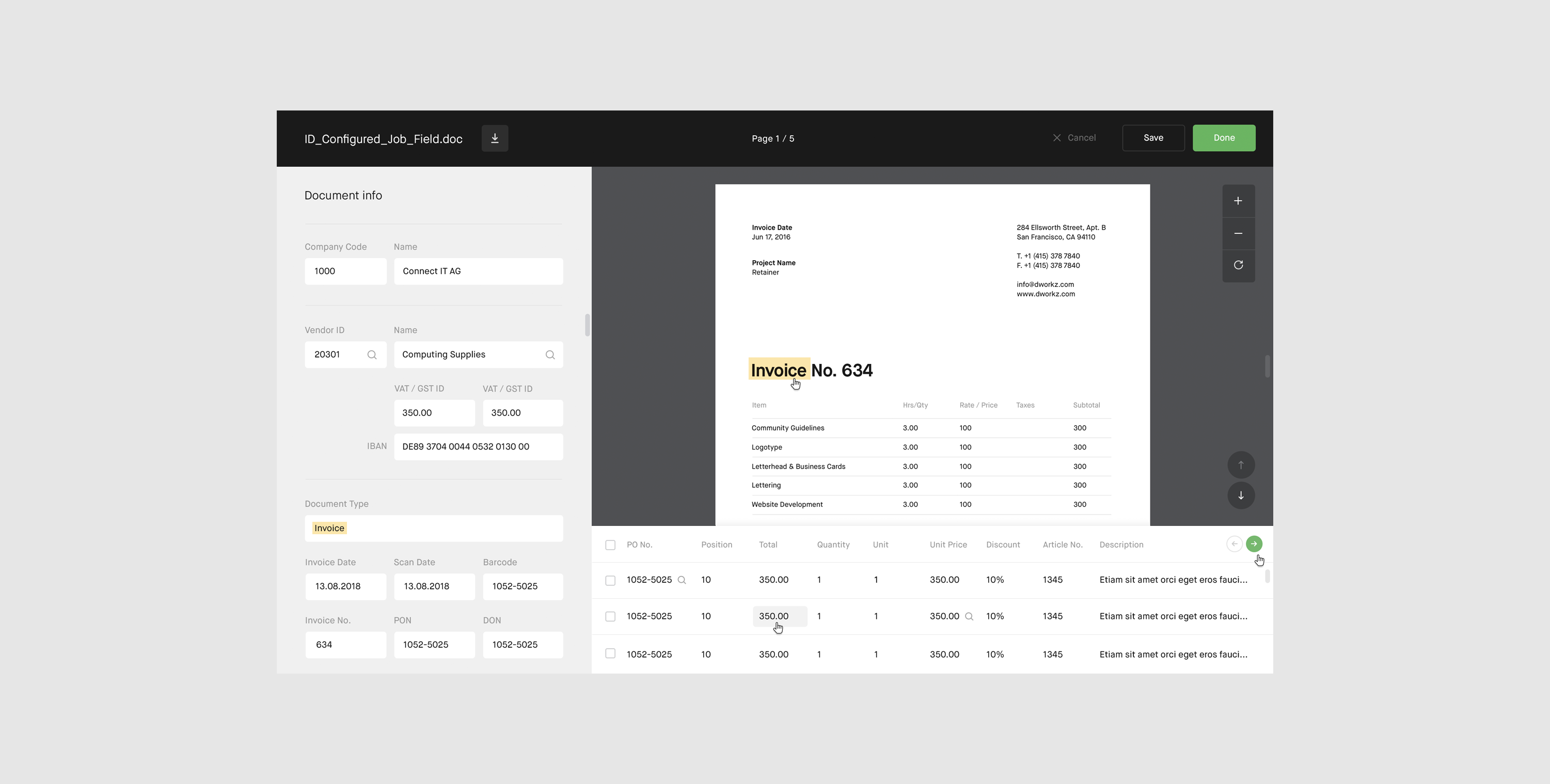
Our Approach
After chatting with stakeholders and TIS's back-end engineering team, the product vision emerged: the Extract Cloud platform would continually evolve, offering expanded functionality through both back-end services and a friendly UI for desktop browsers and mobile/tablet devices.
Based on internal and external customer feedback, we prioritized services to expand the platform's process types or enhance the functionality of existing processes.
We worked with the TIS team to break services into their smallest logical components, making it easy to create processes (job roles) by connecting services. This ensured platform-wide consistency and allowed TIS to rapidly expand Extract Cloud services while keeping things user-friendly.
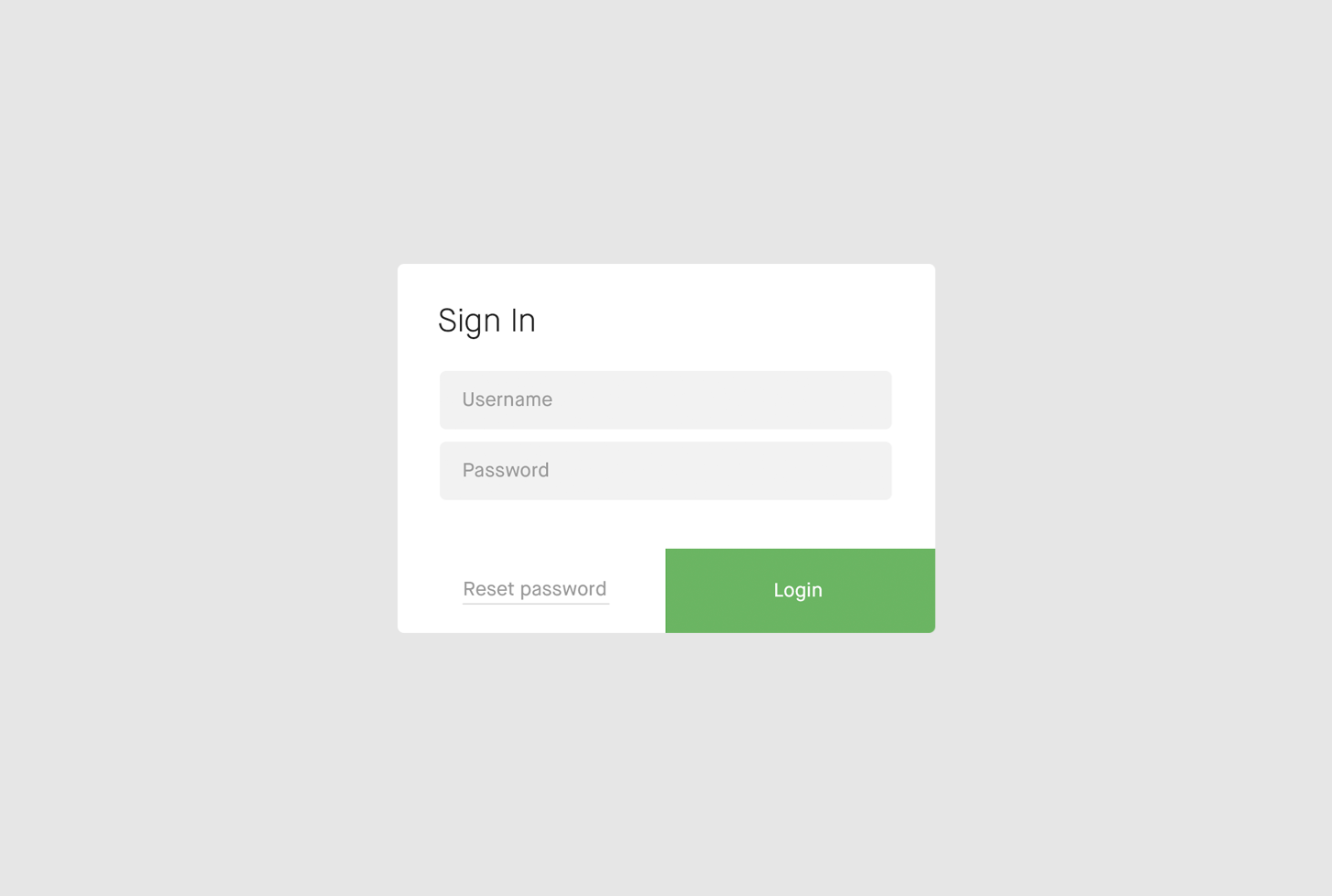
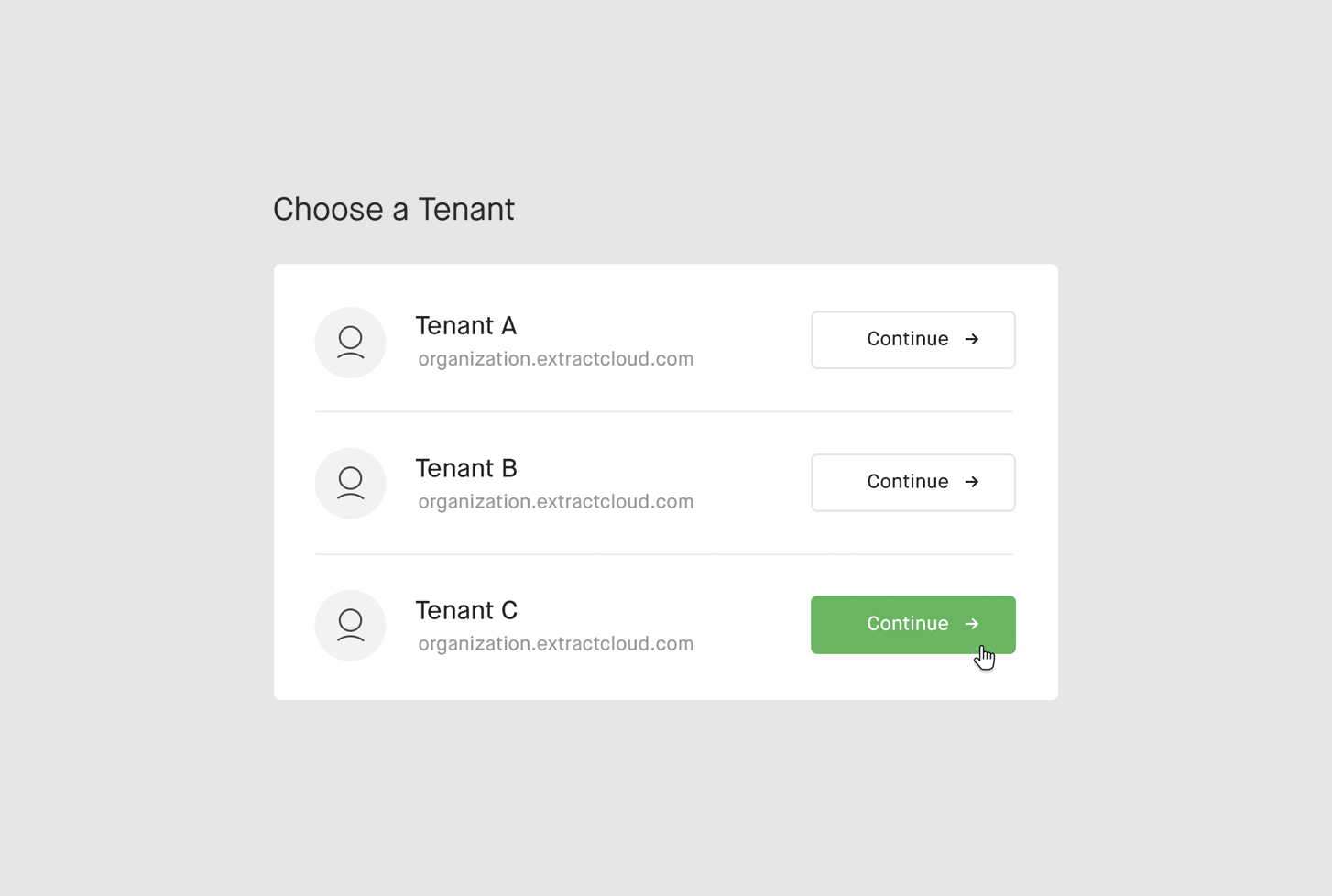


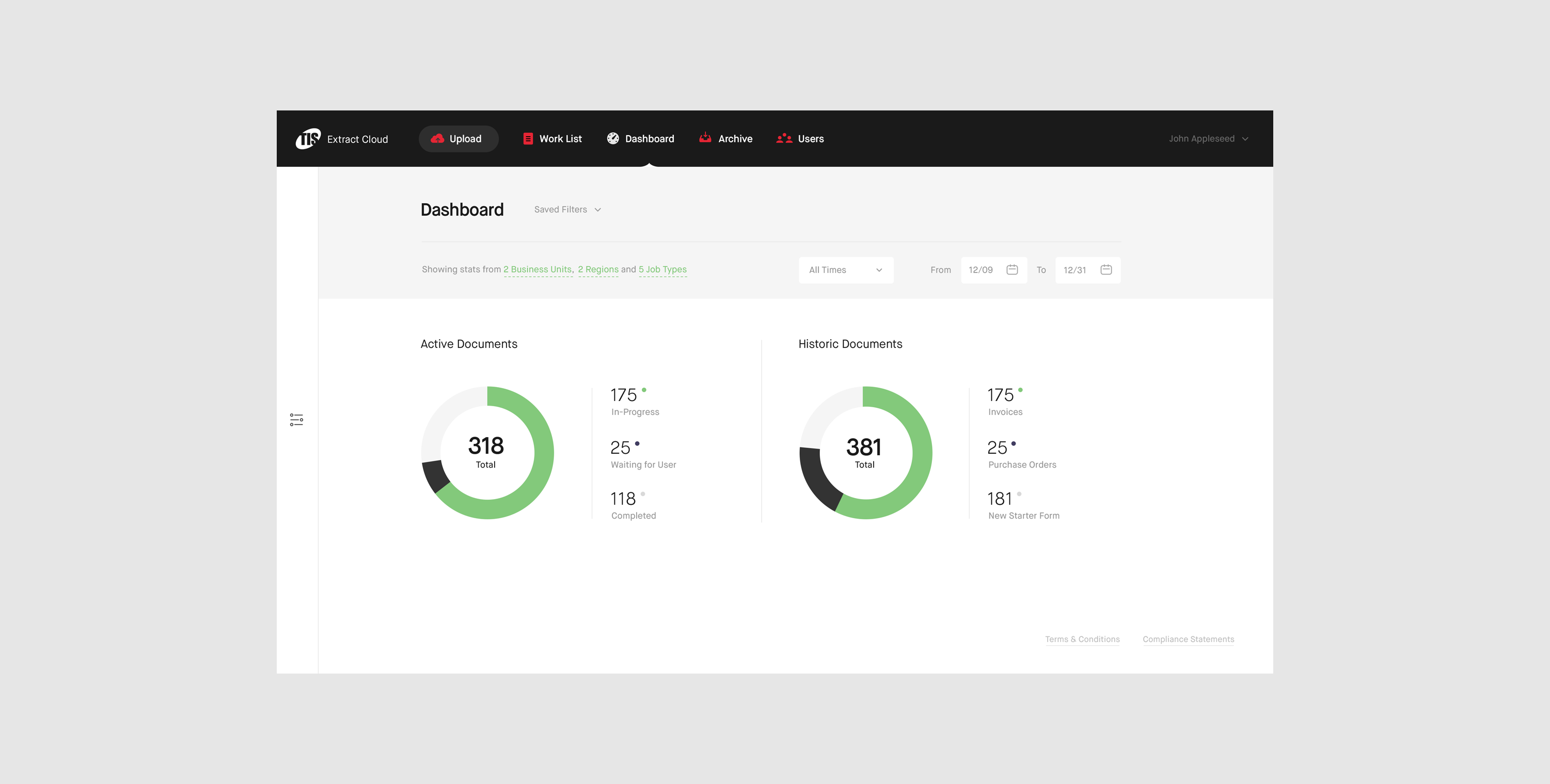
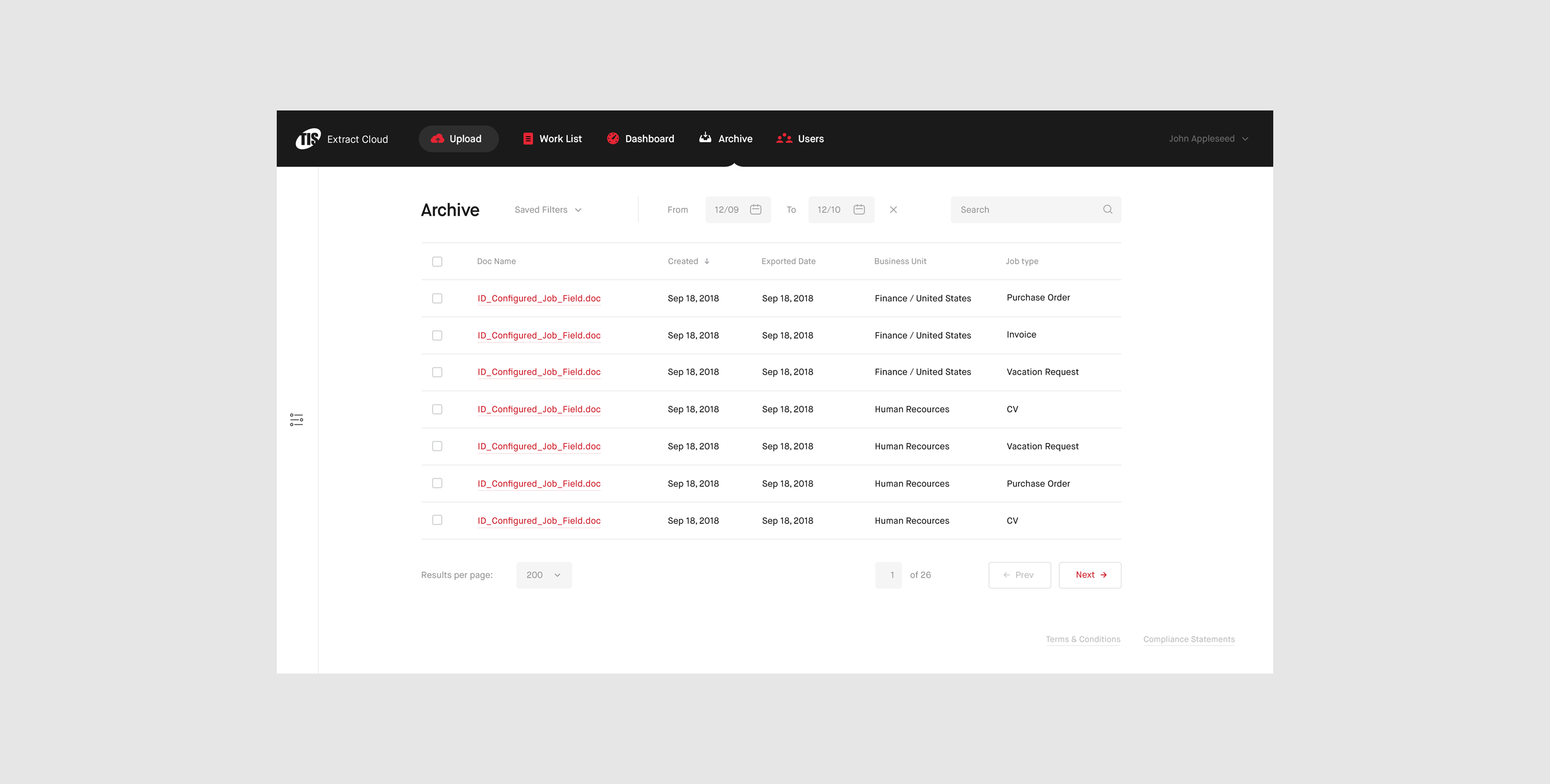

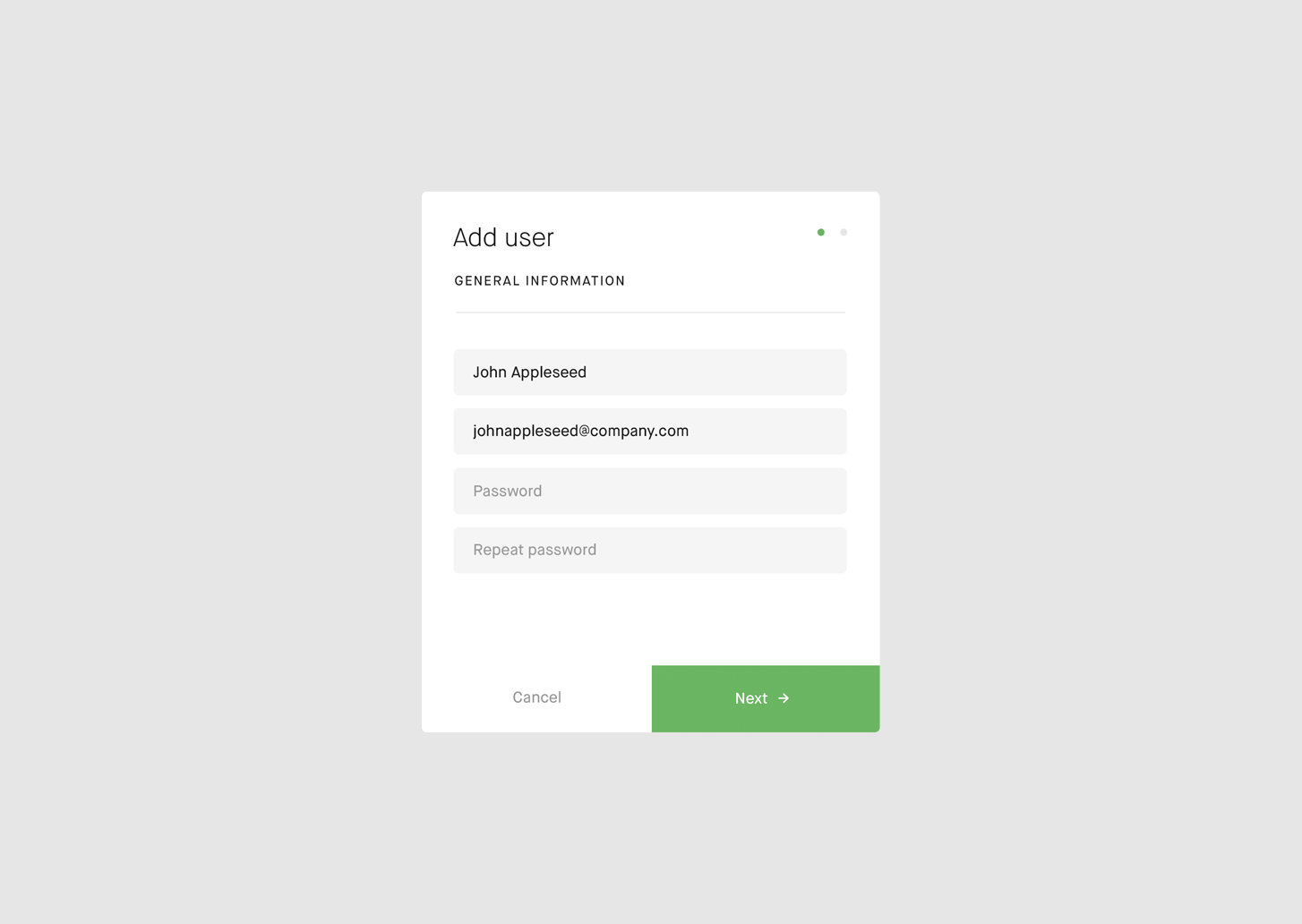

The Result
We successfully designed and built a genuinely cloud-native product by closely collaborating with the client's back-end engineering team. This platform-agnostic solution can be deployed in any cloud environment, public or private, from any vendor, seamlessly supporting multiple job roles within a single cloud environment.
Our involvement as UI/UX design experts and front-end developers enabled TIS to connect with mid-tier organizations that previously found it difficult to justify the time, effort, and cost of deploying data capture technologies in their own environment.

